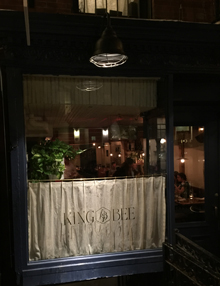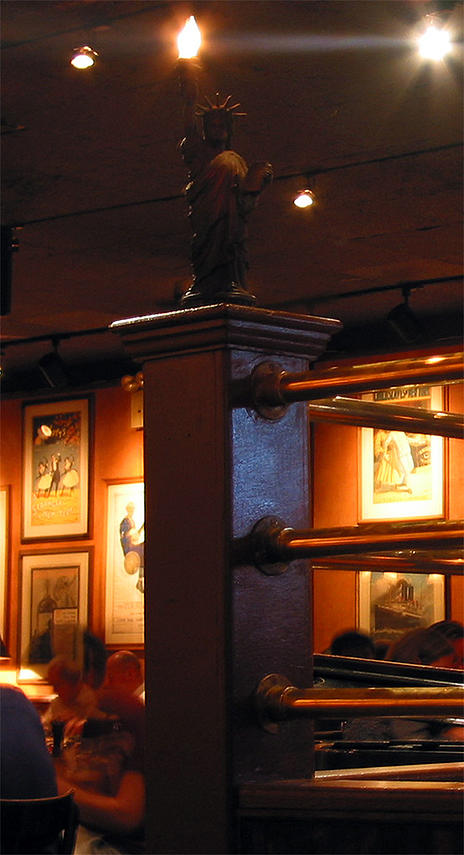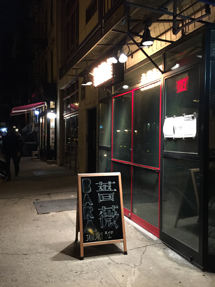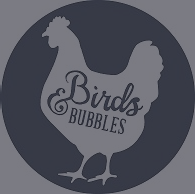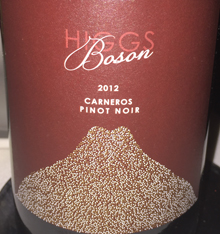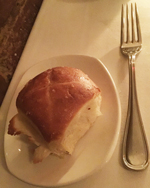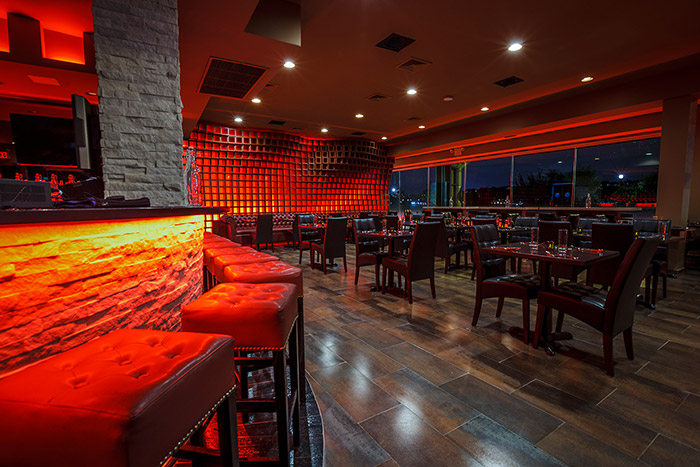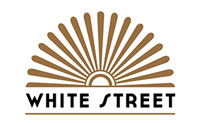Contra
 Monday, April 6, 2015 at 08:21PM
Monday, April 6, 2015 at 08:21PM Economists have their own ways of measuring the end of a recession. I have my own: how long does it take to get into a hit restaurant in New York?
Contra opened on the Lower East Side in October 2013, and it took till March 2015 for me to get a reservation. Now, I’ll admit: I didn’t work at it desperately. With dogged persistence, I surely could’ve gone sooner. But at the pace I was willing to work—something less than desperation—it took almost eighteen months for a reservation to appear, at a time I was willing to go.
 The concept was daring for late 2013: a $55 five-course set menu from two chefs most people (then) had never heard of. Apparently they never got the memo: that’s not The Way We Eat Now. Diners want sharable small plates, to order either a short snack or a multi-course degustation at their whim. Or, do they? Contra was willing to bet the opposite.
The concept was daring for late 2013: a $55 five-course set menu from two chefs most people (then) had never heard of. Apparently they never got the memo: that’s not The Way We Eat Now. Diners want sharable small plates, to order either a short snack or a multi-course degustation at their whim. Or, do they? Contra was willing to bet the opposite.
Of course, the fixed-price menu is what every kitchen would love to serve: planning is so much easier when every cover will be the same. But most places don’t open with that format; they adopt it later (if at all), after their reputation is secure. For an unproven restaurant, the fixed cost of entry is supposed to be off-putting—even where, as here, it isn’t really that high.
 Contra did it anyway, the rave reviews rolled in, and the rest is history. Last week, the restaurant finally got around to raising its prices. Thursdays through Saturdays, the price will be $67 for 6–8 courses. On Tuesdays and Wednesdays, the original five-course menu will be a hair less expensive than before, at $53. (You can order à la carte at the bar.)
Contra did it anyway, the rave reviews rolled in, and the rest is history. Last week, the restaurant finally got around to raising its prices. Thursdays through Saturdays, the price will be $67 for 6–8 courses. On Tuesdays and Wednesdays, the original five-course menu will be a hair less expensive than before, at $53. (You can order à la carte at the bar.)
The chefs here are Jeremiah Stone, who worked at Rino in Paris and Isa in Brooklyn; and Fabian von Hauske, whose CV includes the obligatory fifteen-minute stint at Noma, plus Faviken in Sweden and the pastry department at Jean-Georges. Stone looks after the savory courses, von Hauske the bread and desserts.
According to the staff, the menu changes every few days, if not more often, depending on the available ingredients and the chefs’ whims. Theeir style is very loosely “New Nordic,” although the website (not very helpfully) describes it as “Contemporary New York cuisne.”




